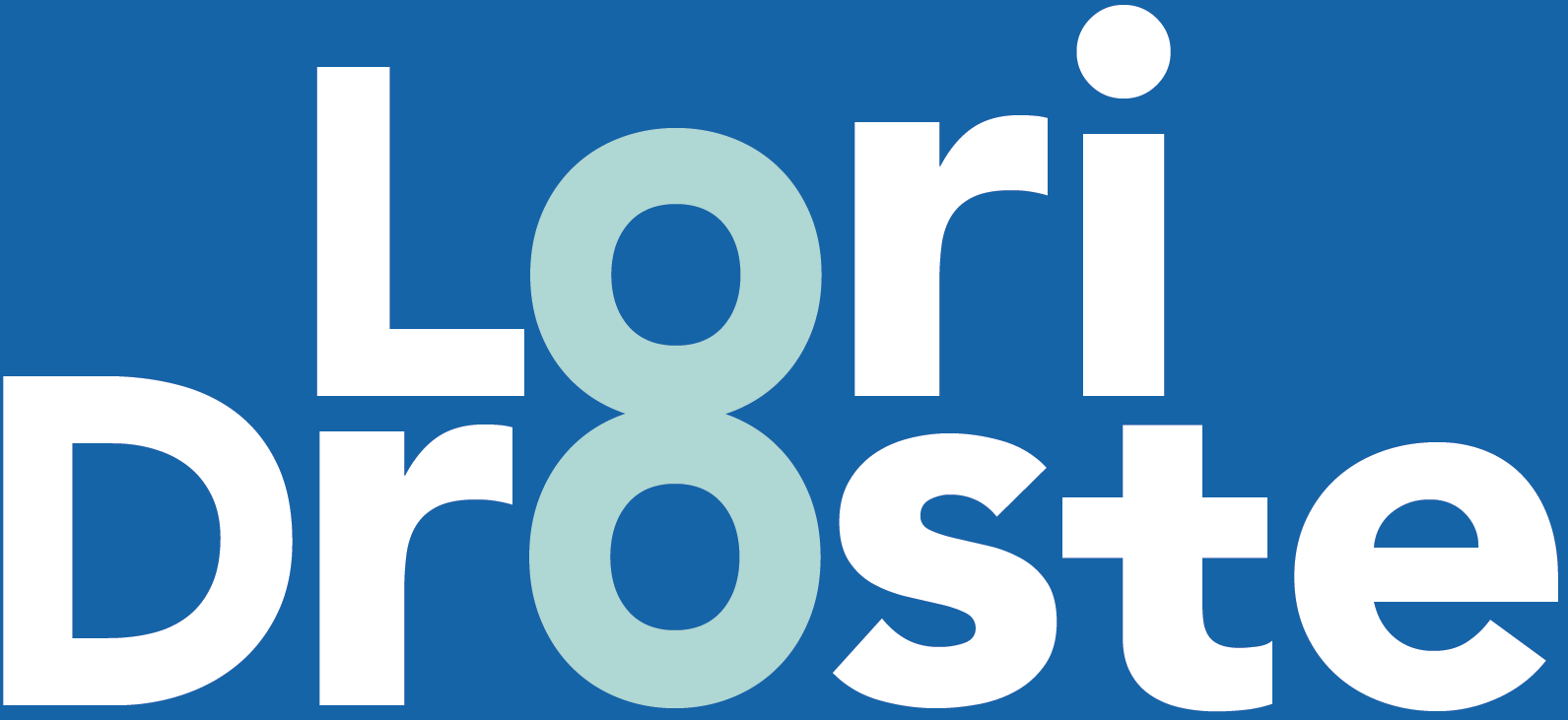If you live on a residential street in Berkeley and are experiencing negative impacts from speeding or an excessive amount of cut-through traffic, you can request that the City conduct a traffic calming study to evaluate the installation of traffic calming measures. There are a variety of options for traffic calming, such as speed tables, speed feedback signs, or traffic circles.
Submit a request form by December 31
If you are concerned about traffic safety on your residential street, fill out a Neighborhood Request for Traffic Calming Study form and send it to Juan Guillermo Jaramillo at JJaramillo@CityofBerkeley.info, or mail it to:
Juan Guillermo Jaramillo
1947 Center Street, 4th Floor
Berkeley, CA 94704
Submit your form by December 31 to be considered during the next review cycle.
The following calendar year staff will provide you a map and address list for you to collect signatures from your neighbors. City of Berkeley staff will then collect traffic data and prepare a traffic calming report identifying possible solutions. If, based on the data, the area meets the minimum criteria, then City staff will set up a meeting to discuss options with the community. At the end of this period, your request will be included as a potential project during the annual budget process. The city has a budget of $50,000 for traffic calming projects each year.
Review the flowchart for details about the request process and review the timeline for approximate dates for each stage of the annual process.
Types of traffic calming measures
If the minimum criteria are met, City staff, with input from the community, will determine the most appropriate traffic calming measure for your neighborhood. Some examples of traffic calming measures include:
- Speed feedback sign: sign that displays the speed of passing traffic
- Speed table: similar to speed humps, but with a longer base and a flat top
- Bulb-out: an extension of the sidewalk at pedestrian crossings, resulting in a narrower roadway width and shorter crossing distance
- Traffic circle: an island in the middle of an intersection that encourages motorists to slow down to navigate the intersection
- Traffic diverter: a feature that blocks traffic from entering or exiting a street
